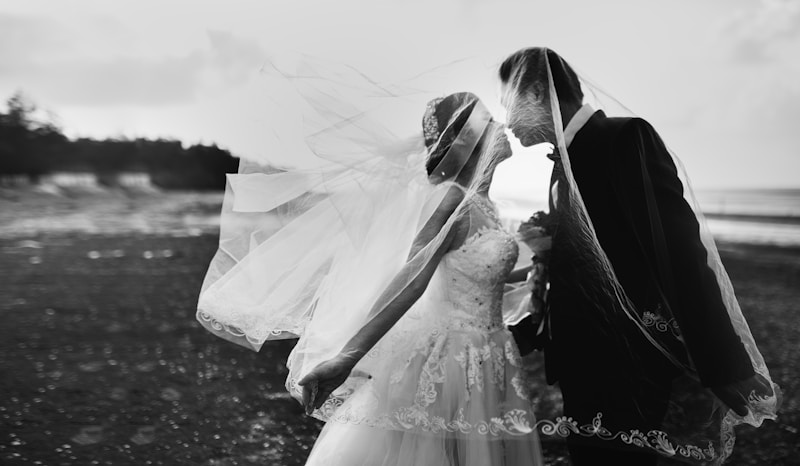Exploring the Perfect Color Palettes for Wedding Flowers
Planning a wedding involves countless decisions, but one of the most significant choices is selecting the right color palette for your wedding flowers. The colors you choose not only reflect your personal style but also set the overall tone and atmosphere of your special day. In this article, we will delve into the latest trends in color palettes for wedding flowers, discuss how to choose the right combinations, and explore popular themes that can inspire your floral arrangements.
Understanding Color Theory
Before diving into specific palettes, it's essential to grasp the basics of color theory. It includes understanding how colors interact with each other and the emotional responses they evoke. The primary color wheel consists of three primary colors: red, blue, and yellow. When mixed, they create secondary colors, and further mixing can produce a wide variety of hues. Here’s a simple color wheel breakdown:
| Primary Colors | Secondary Colors | Tertiary Colors |
| Red | Orange | Red-Orange |
| Blue | Green | Blue-Green |
| Yellow | Purple | Blue-Purple |
When creating floral arrangements, it’s vital to consider complementary colors—those that sit opposite each other on the color wheel—and analogous colors—those that sit next to each other. These strategies will help you achieve a visually appealing and harmonious look for your wedding flowers.
Popular Color Palettes
Choosing the right color palette for your wedding flower arrangements can set the mood and style of your event. Here are some trending combinations for various seasons:
1. Classic White and Green
This timeless palette features white flowers adorned with lush greenery. It’s perfect for any season and conveys elegance and purity. Think white roses, lilies, and hydrangeas complemented by eucalyptus leaves or ferns. This palette is often chosen for traditional weddings and can seamlessly fit in venues ranging from churches to outdoor gardens.
2. Blush Pink and Gold
Blush pink is a romantic choice, especially when paired with gold accents. This palette works beautifully for a spring or summer wedding. Consider using peonies, tulips, and ranunculus, arranged alongside golden vases or gold-dipped leaves for an opulent touch. This combination conveys warmth and femininity, making it a favorite among brides.
3. Bold Jewel Tones
Rich jewel tones like deep emerald green, royal blue, and ruby red create a stunning visual impact. These colors are ideal for fall or winter weddings. Flowers such as dahlias, anemones, and orchids fit perfectly in these palettes. This bold choice expresses luxury and depth, accentuating rich fabrics and dramatic décor.
4. Soft Lavender and Sage
A soft lavender and sage palette is enchanting and gives a relaxed vibe to your wedding. This pairing is particularly lovely for outdoor rustic weddings in spring or summer. Consider using lavender roses, lisianthus, and sage eucalyptus for a gentle and harmonious look.
5. Sunny Yellow and Gray
This bright and cheerful palette brightens up any wedding, making it ideal for summer parties. Use yellow sunflowers, daisies, and roses with gray accents like dusty miller. This vibrant combination brings a sense of joy and playfulness to the celebration.

How to Choose Your Wedding Flower Color Palette
When selecting the perfect color palette, it’s essential to consider several factors:
- Theme and Style: Reflect on your wedding theme. Are you going for classic elegance, rustic charm, or modern minimalism? Your floral colors should align with the overall style.
- Location: Consider the wedding venue. Indoor venues may benefit from bold colors, while outdoor settings might lend themselves to softer hues which blend seamlessly with nature.
- Season: The season in which you are getting married can also influence your color choices. Spring is perfect for pastels, summer for vibrant colors, autumn for rich tones, and winter for icy blues and whites.
- Personal Preferences: Ultimately, choose colors that resonate with you and your partner. After all, it’s your special day!
Incorporating Color Palettes into Your Wedding
Once you have chosen a color palette, there are various ways to incorporate it into your wedding:
1. Bouquets and Boutonnieres
Your bouquet is perhaps the most personal floral element of the wedding. Ensure it beautifully reflects your chosen palette. Likewise, the groom’s boutonniere should coordinate with your bouquet for a cohesive look.
2. Centerpieces
Create stunning table centerpieces by combining your chosen blooms with complementary elements like candles, vases, or decorative accents that align with your color scheme. This will enhance the overall ambiance of your reception.
3. Ceremony Decor
Use your color palette in the decor at your ceremony site. Floral arrangements can grace altar areas, aisle markers, or arches, reinforcing your wedding theme.
4. Attire
Consider incorporating elements of your color palette in your wedding attire, including bridesmaid dresses, groomsmen ties, or even floral jewelry.
Final Thoughts
Choosing the right color palette for your wedding flowers is a creative and personal process. Consider the emotions each color evokes and how they align with your wedding's theme. Whether you opt for timeless whites and greens, soft blush and gold, or bold jewel tones, let your colors tell your unique love story. Remember, your wedding is a celebration of you and your partner, and the colors you choose should reflect that. Always keep in mind the season, location, and personal preferences while making your selections. Happy planning!
As you embark on this exciting journey, take time to explore various combinations and styles. Don’t hesitate to consult with a professional florist who can provide insights tailored to your vision. Make your flowers a memorable aspect of your wedding day!